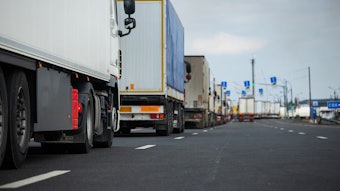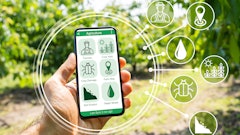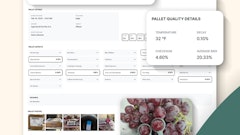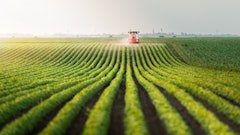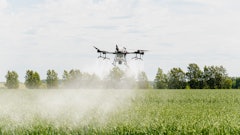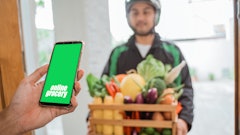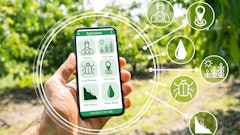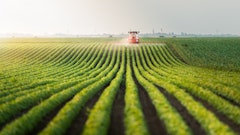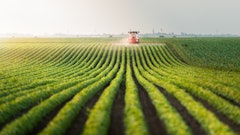
The farming industry is changing. For years, farm stands and farmers markets were the only ways for small, local farmers to sell their produce. Local communities benefited from access to fresh, seasonal products nearly year-round, but urban shoppers were often left out. In fact, in 2020, approximately 78% of farms selling directly to customers sold all of their directly marketed food within a 100-mile radius of the farm. Today, technology is enabling both regional and national reach for farmers, where fresh meat and produce are available to all consumers at the click of a button.
The current state of D2C farming
According to the USDA NASS 2020 Local Food Marketing Practices Survey, 77% of farms with direct sales to retail and others, also sold directly to consumers. In taking a closer look at the direct-to-consumer sales breakdown, 59% of sales took place in on-farm stores and farmers markets, while only about 10% of sales were coming from online markets.
This number is growing, especially as younger generations show interest in farming and are willing to expand their businesses beyond their local areas. What’s more, consumers and restaurants have made fresh, locally sourced ingredients a priority.
Managing a successful D2C farm
Managing a farm, just like any other business, has its unique challenges.
The first hurdle many farmers face is deciding what they are going to grow or raise and how much will be distributed to consumers. Once that is decided, they need to spend time discussing what the farm’s output will be — for example, a batch every month, every two weeks, or every day. This is critical for two reasons: finance and labor management, as well as customer expectations and experience.
Farms, especially when they are starting out, might not have all the equipment and labor resources needed to make shipments to their customers every day. It is imperative that customers understand what the farm’s output is and that the farm is able to meet the demand it receives.
As the farm gets up and running — especially if it is operating in the direct-to-consumer (D2C) space — having a solid marketing strategy, including a website and social media presence, is imperative. This helps farms connect with new customers and create opportunities for new business. It also gives farms a platform that ensures they effectively communicate with their customer base — whether it’s through updates posted to the website and social media or through email.
The impact technology can have on D2C farms
As technology is more widely adopted, there is an inherent need for farms to adopt and innovate to keep up with demand, especially those selling directly to consumers.
Outside of building an easy-to-navigate website and establishing a social media presence, technology solutions can also help farms with:
● Selling by weight. Sell by weight allows farmers to sell by weight rather than by unit. Customers then know exactly how much they are ordering, rather than receiving products of varying weight each time they order. For example, if a customer is interested in buying two flank steaks at one pound each, they can opt to buy two flank steaks at 1 pound each, rather than ordering two flank steaks and one is 1 pound while the other is 3 pounds. This can be beneficial for those who may be purchasing on a budget or simply don’t have the room to store more than what they are looking for.
● Inventory management. Investing in a farm inventory management system is imperative for success. This allows farmers to understand what they have in stock in real time, and set prices accordingly. What’s more, they can use data from previous purchase history to adjust their offerings. For example, if the farm raises both cattle and pigs and beef routinely outsells pork, farmers can evaluate which livestock they should focus on and shift strategies, if needed, to better support the business.
● Point of sale. A point-of-sale (POS) system is a critical tool for farms that sell in-person and online. When the system processes a transaction, inventory updates in real time — meaning the farm and its customers know exactly what's in stock. This is key to ensuring customers know their options from the start, rather than going through the checkout funnel and then finding out the items aren't available.
● Logistics. Whether farms want to offer pickup, delivery within a certain radius, or nationwide shipping, an e-commerce platform will allow farmers to track their logistics efficiently. What’s more, farm owners can customize products, prices, and delivery fees for different areas. This flexibility helps farmers serve their customers better, no matter where they're located.
● Subscriptions. Food subscriptions are a trend that farmers should capitalize on. Consumers want two things: convenience and customization. By offering customizable subscriptions, farmers can let people order fresh food from the farm straight to their homes, on a schedule that works for them. Letting customers pick their products and manage their deliveries online is key to ensuring repeat business.
While the COVID-19 pandemic certainly led to increased direct-to-consumer shopping, there aren’t any signs of this trend slowing down. Like other industries, farms need to be open to adopting technologies that expand their marketplace, or risk falling behind.
